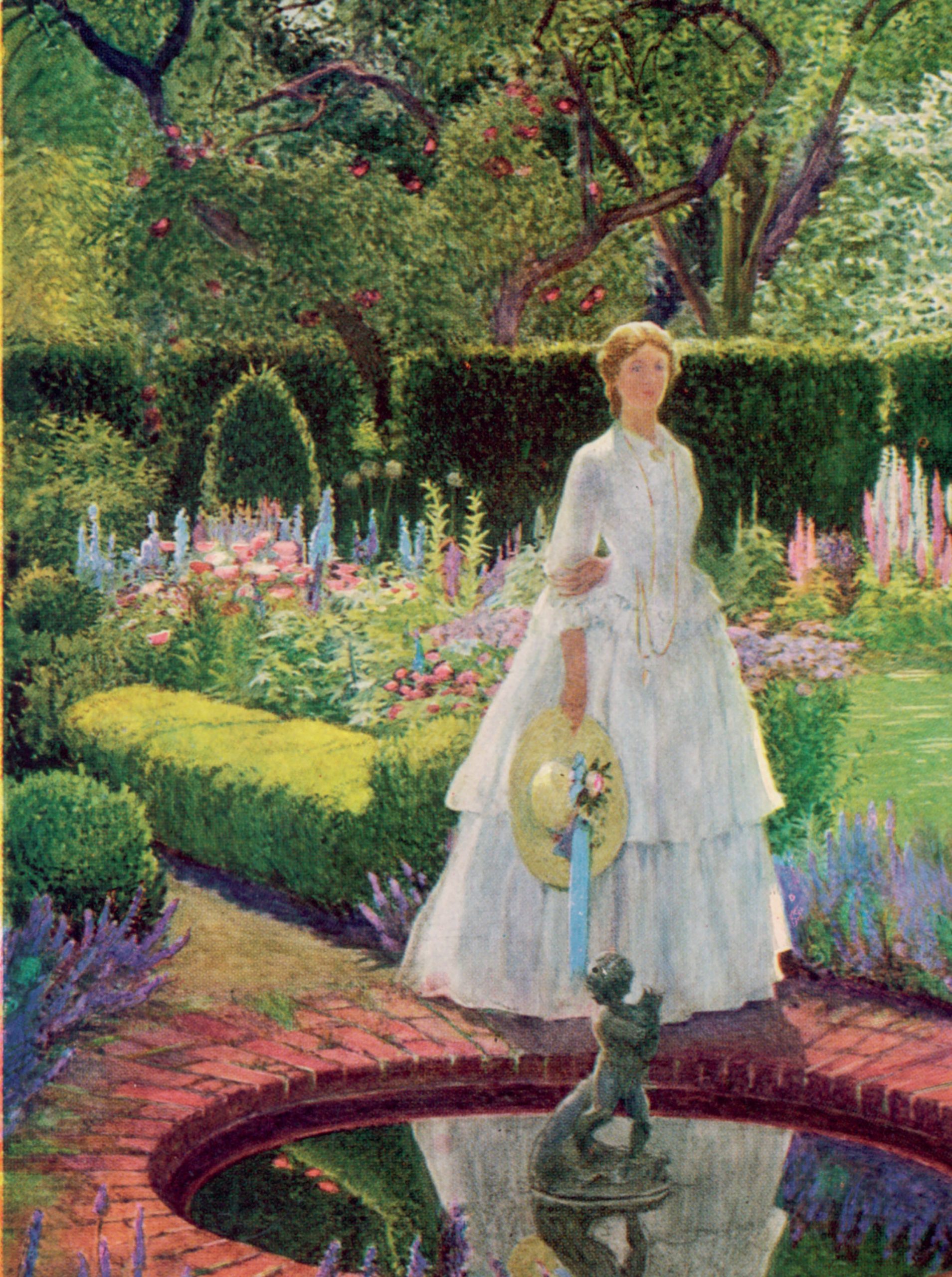
OCR: Paper 1 ‘Drama and poetry pre-1900’: comparative set text
The year 1850 was memorable for 41-year-old Alfred Tennyson: he married, became poet laureate and published ‘In Memoriam’. In 130 short poems — a long time in the writing — he tried to come to terms with the grief he felt over the death 18 years earlier of his dear friend Arthur Hallam, as well as his own anxieties about religion and recent scientific thinking, especially the precursors of Darwin’s evolutionary theories. Mid-century novels, including Elizabeth Gaskell’s Mary Barton (1848) and North and South (1855) and Charles Dickens’ Hard Times (1854), set love stories among contemporary concerns such as industrialisation and the distress of the working classes. While Tennyson’s Maud (1855) does not set out to present specific social evils or urge reform, the same topical issues of materialism, inequality and exploitation, along with Tennyson’s earlier concerns about religion and science, form essential parts of the background to its dramatic story.
Your organisation does not have access to this article.
Sign up today to give your students the edge they need to achieve their best grades with subject expertise
Subscribe




